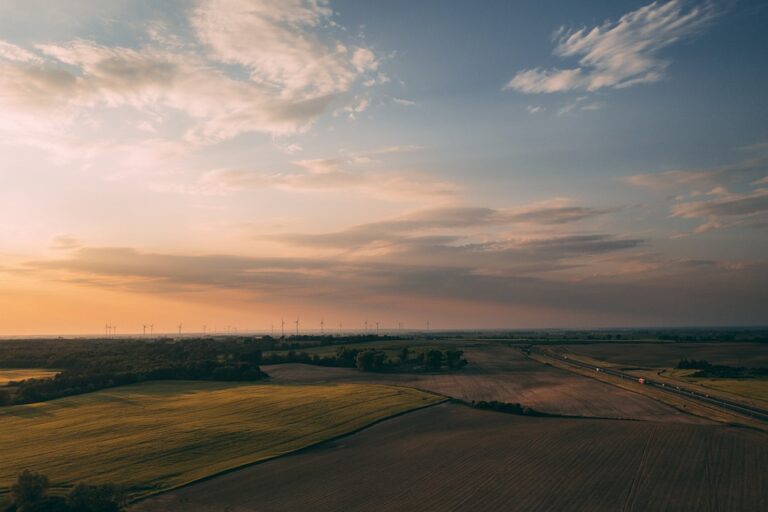Indigenous Lands at Risk: Deforestation and the Fight for Cultural Survival
In the heart of our dwindling rainforests, where the vibrancy of life echoes through the canopies, there exists a rich tapestry of cultures that have thrived for millennia. Indigenous lands, under constant threat from the relentless march of deforestation, are more than just stretches of biodiverse ecosystems; they are sanctuaries of irreplaceable cultural heritage and guardians of ancestral knowledge. As bulldozers and chainsaws carve out swathes of primary forests, they are also cutting through the very fabric of indigenous communities, posing an existential threat to both biodiversity and cultural survival.
The Ecological and Cultural Nexus
Indigenous territories globally encompass areas that are remarkably rich in biodiversity. According to the World Resources Institute, indigenous peoples and local communities manage at least 50% of the world’s land, yet they legally own just 10% of it. These lands are home to an overwhelming proportion of Earth’s species, and indigenous stewardship has long been recognized as pivotal in preserving ecological balance. However, the intrusion of industrial activities—such as logging, mining, and agriculture—disrupts this equilibrium.
Deforestation destroys more than trees: it dismantles the intricately woven relationship between indigenous peoples and their environment. Many indigenous communities sustain their livelihoods through traditional practices like hunting, fishing, and gathering. Beyond mere sustenance, the forests are integral to their spiritual and cultural identity, serving as sacred grounds for rituals and repositories of traditional knowledge passed down through generations.
The Drivers of Deforestation
The root causes of deforestation in indigenous territories are multifaceted. Expansion of agriculture, especially for cash crops like soy and palm oil; illegal logging; and infrastructure projects such as roads and dams, are among the primary drivers. In the Amazon, for instance, the devastating fires set intentionally for land clearing have spotlighted the critical vulnerabilities faced by indigenous lands.
These environmental aggressions are often exacerbated by weak governance and the lack of legal recognition of indigenous land rights. Corruption, conflicting land use policies, and the marginalization of indigenous voices in political discourse only compound the challenges. The COVID-19 pandemic has further intensified these pressures, as lockdowns and weakened regulations have emboldened illegal land grabs and deforestation.
Champions of Cultural Survival
Despite these formidable challenges, indigenous communities have emerged as ardent defenders of their lands and cultures. Initiatives spearheaded by indigenous leaders highlight a deepening resolve to resist and reclaim sovereignty over their territories. In Brazil, indigenous activist Sônia Guajajara has been vocal in denouncing the government’s policies that undermine indigenous rights. Similarly, the Standing Rock Sioux Tribe’s resistance against the Dakota Access Pipeline in the United States has galvanized global attention towards indigenous struggles.
Moreover, international organizations and environmental NGOs are increasingly aligning with indigenous groups to amplify their cause. The United Nations Declaration on the Rights of Indigenous Peoples (UNDRIP), adopted in 2007, underscores the importance of protecting indigenous rights to their ancestral lands and resources. On the ground, collaborative efforts are fostering sustainable development initiatives that benefit both local communities and biodiversity conservation.
Pathways to Sustainable Futures
Addressing the plight of indigenous lands under threat requires a multi-pronged approach. Legal recognition and enforcement of indigenous land rights are paramount. Governments must strengthen policies that empower indigenous governance and provide adequate resources for legal defense against encroachments.
Economic incentives could also play a role. By supporting sustainable practices and indigenous enterprises, we can offer viable alternatives to destructive industries. Ecotourism, sustainable harvesting of forest products, and carbon credit schemes are some pathways for economic development that align with conservation goals.
Additionally, fostering global awareness and solidarity is crucial. As consumers, ethical choices in our everyday lives—such as opting for sustainably sourced products—can contribute to reducing the demand driving deforestation. Building networks that facilitate the exchange of knowledge and strategies among indigenous communities worldwide can also help fortify their resilience against external threats.
Conclusion
The survival of indigenous lands and cultures is inextricably linked to the health of our planet. As frontliners in the battle against deforestation, indigenous peoples are not only fighting for their ancestral homes but for the preservation of global biodiversity and climatic stability. Their struggles remind us of the profound interconnectedness between nature and humanity. In safeguarding indigenous territories, we are also protecting the invaluable heritage and wisdom that these communities embody—a legacy that enriches all of humankind.
For further reading and to support indigenous rights, visit the World Resources Institute at www.wri.org and learn more about indigenous struggles through the United Nations Declaration on the Rights of Indigenous Peoples at www.un.org.
Citations:
- World Resources Institute: Indigenous and Tribal Peoples’ Rights in Practice.
- United Nations: Declaration on the Rights of Indigenous Peoples.
